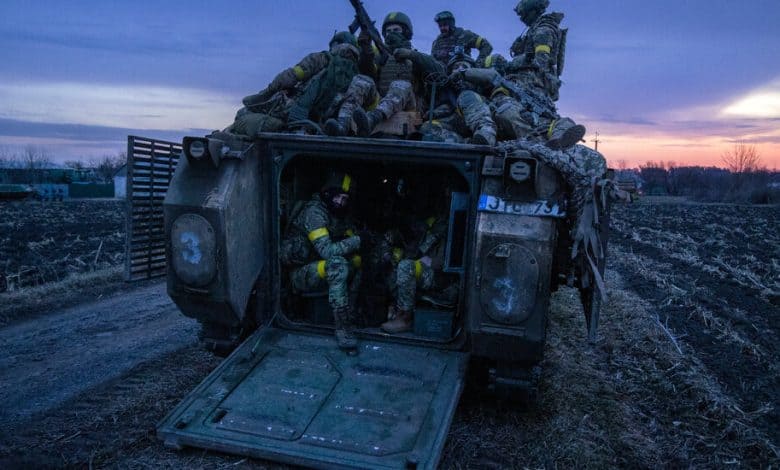Between the Offensives: Images From a Journey in Ukraine’s Borderland





The Ukrainian borderland has long been a place where cultures merge and interchange. Now it is again a place of combat.
Through relentless loss, it is being transformed, possibly forever, into a treacherous and abandoned gray zone.
What was once a shared way of life, and faith, is dwindling.
Getting even daily essentials to the few who remain is a dangerous struggle.
Between the Offensives: Images From a Journey in Ukraine’s Borderland
Photographs by David Guttenfelder
Written by Peter Robins
David Guttenfelder traveled along Ukraine’s northeastern border twice in the months before Russian troops again poured through.
June 7, 2024
The invaders had not returned. Not yet. But along about 600 miles of Ukraine’s northeastern border territory that The New York Times visited late last year and again in the early spring, the war has never left.
Much of this area, in the Kharkiv and Sumy regions, was farmland once. Now a farmhouse hosted a counter-saboteur unit — made up of anti-Putin Russians, to avoid sending Ukrainian troops into Russia — preparing before dawn for a cross-border raid.
The fields are far too exposed to Russian fire for anyone to try a harvest. Instead, they are sown with “dragons’ teeth,” concrete antitank barriers typically bound together with cables and threaded with razor wire.

A counter-saboteur unit made up of anti-Putin Russians in the Sumy region of Ukraine in March.
In 2022, Russian troops rolled over this area and almost to the doorstep of major cities like Kharkiv and Sumy. Then, before the end of that year, Ukrainian forces pushed them back across the border.
